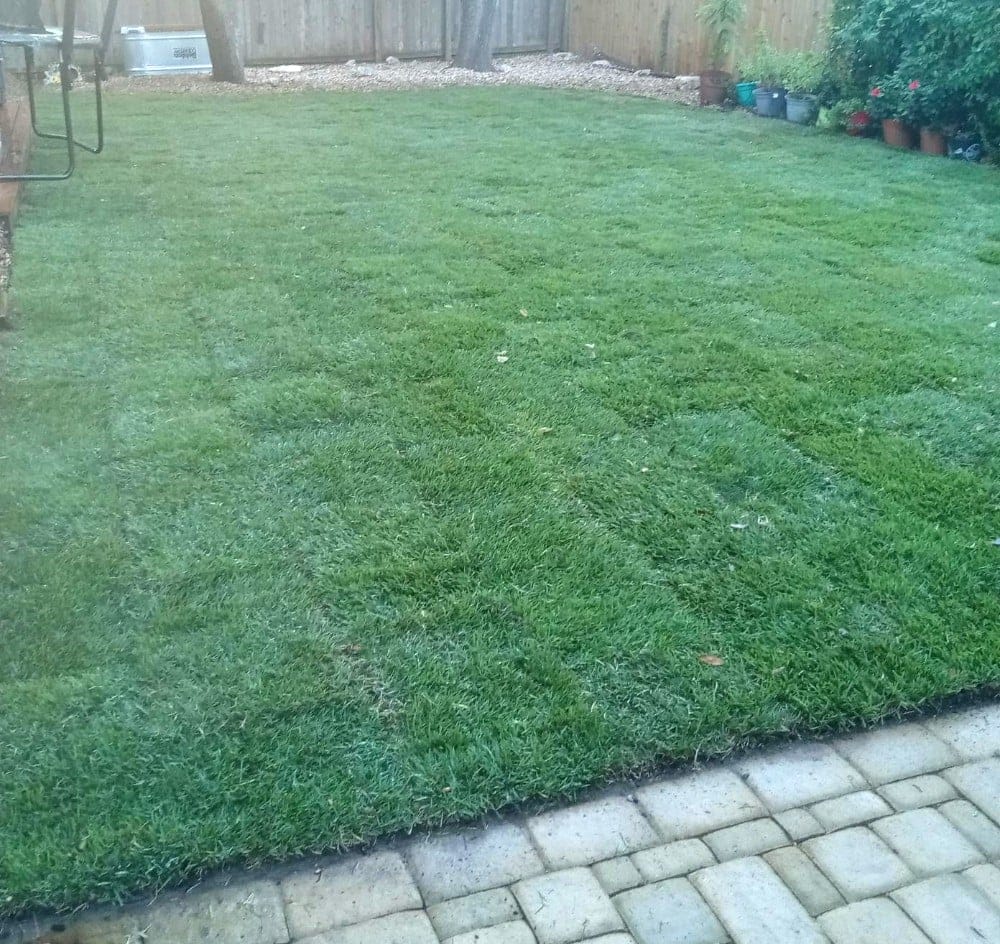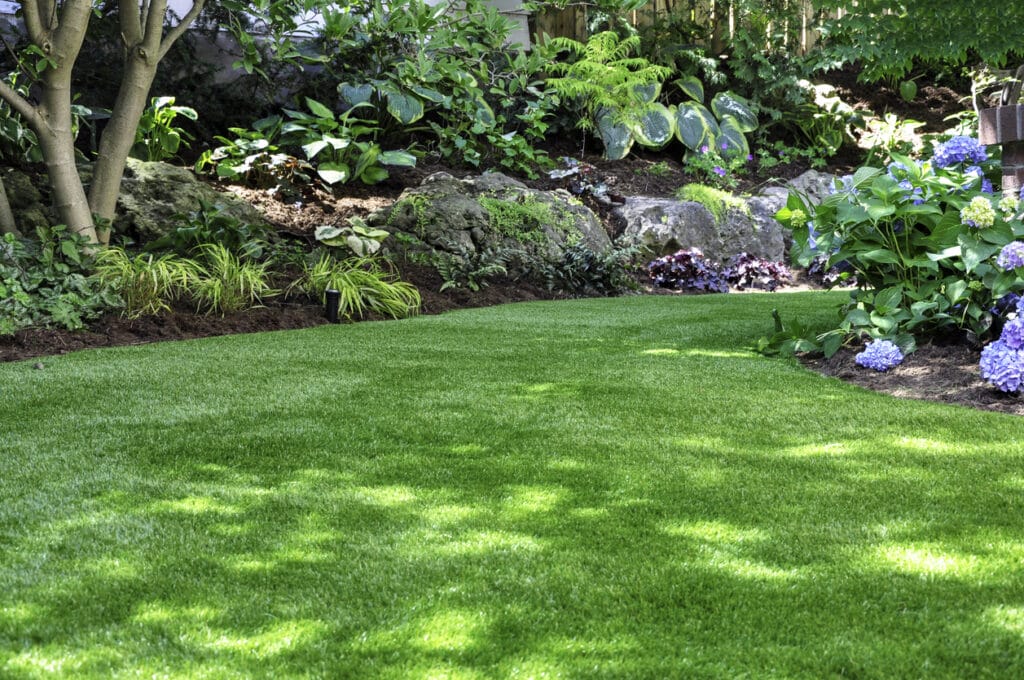Maintaining a lush, green lawn during water restrictions can be a challenge, but it’s certainly possible with a bit of planning and creativity. Water conservation is essential in areas facing drought or restricted water usage, yet it doesn’t mean you need to sacrifice your beautiful garden. In this guide, we’ll explore some effective strategies to keep your lawn healthy while adhering to water limitations.


1. Understand the Watering Restrictions
Before taking any action, familiarize yourself with the specific water restrictions in your area. Some regions may limit watering times, while others may reduce the amount of water you’re allowed to use. Understanding these regulations ensures that you comply with local rules and prevent fines. Typically, these rules are set to conserve water during periods of drought, but there are still ways to care for your lawn within these limitations.
2. Switch to Drought-Tolerant Grass Varieties
One of the most effective ways to maintain a healthy lawn under water restrictions is to switch to drought-tolerant grass types. Some grasses are naturally better equipped to handle dry conditions and require significantly less water to thrive. For instance:
Buffalo grass: Ideal for hot, dry climates, Buffalo grass is highly drought-tolerant and requires minimal watering.
Bermuda grass: Known for its resilience, Bermuda grass can survive with limited water once established.
Zoysia grass: Zoysia grass is a warm-season grass that thrives in low-water conditions and is perfect for regions with water restrictions.
By transitioning to drought-resistant grass, you reduce the amount of water your lawn needs while still achieving a beautiful, green yard.
3. Water Deeply, but Less Frequently
During water restrictions, many homeowners tend to water their lawns more frequently with shallow watering, but this is not an efficient approach. Shallow watering leads to weak root systems, causing the grass to dry out quickly during dry spells. Instead, aim for deep watering to encourage deep root growth.
Water your lawn early in the morning or late in the evening to reduce evaporation.
Apply 1 to 1.5 inches of water per week, depending on the climate and type of grass.
Focus on watering the root zone, rather than the leaves, for better absorption.
This technique ensures that your lawn gets the moisture it needs while conserving water. Deep root systems also make your grass more resilient to drought conditions.
4. Mulch Your Lawn
Mulching is a simple yet effective method to help your lawn retain moisture during periods of water restriction. Grass clippings, leaves, or organic mulch can be left on the lawn after mowing, providing a natural barrier that helps reduce water evaporation from the soil. It also improves the overall health of your lawn by adding nutrients back into the soil.
Avoid excessive mulch, as it can smother the grass. A thin layer is all you need.
Compost or mulch grass clippings rather than bagging them, which reduces waste and adds valuable organic matter.
This strategy not only conserves water but also promotes a healthier lawn.
5. Aerate Your Lawn
Aerating your lawn is another helpful technique when dealing with water restrictions. Over time, soil can become compacted, reducing its ability to absorb water and nutrients. Aeration involves creating small holes in the soil to improve water infiltration and root growth. This helps your lawn get the water it needs, even when water is scarce.
Aerate your lawn during the growing season to maximize water absorption.
Use a core aerator, which removes small plugs of soil from your lawn to create better airflow and water retention.
Regular aeration enhances the overall health of your lawn and ensures that water reaches the grass roots more effectively.
6. Consider Lawn Alternatives
If your lawn is struggling to survive under water restrictions, consider replacing part or all of it with drought-tolerant alternatives. Ground covers such as clover, creeping thyme, or native plants require significantly less water and still offer an attractive alternative to traditional grass lawns. These plants are also low-maintenance, making them a sustainable choice.
Creeping thyme: A fragrant, low-growing ground cover that thrives in dry conditions.
Clover: A hardy, drought-resistant plant that requires minimal water and enriches the soil with nitrogen.
Native plants: Choose native plants that are adapted to your local climate and water availability.
These alternatives not only conserve water but also provide an eco-friendly and low-maintenance solution.
7. Mow Your Lawn Correctly
Proper mowing practices can have a significant impact on the health of your lawn, especially under water restrictions. By cutting your grass at the right height, you encourage deeper root systems, which helps the lawn access water more effectively.
Keep your grass at a higher setting on your mower (about 3 inches). Taller grass blades shade the soil, reducing evaporation and helping retain moisture.
Avoid mowing during the hottest part of the day to minimize stress on your lawn.
A well-maintained lawn that’s mowed at the proper height is better able to conserve water and remain healthy even in challenging conditions.
8. Fertilize Your Lawn Wisely
Excessive fertilization can lead to weak grass that requires more water. During water restrictions, it’s important to fertilize your lawn sparingly and at the right time to reduce the need for extra watering.
Use slow-release fertilizers, which provide nutrients over time without overwhelming your grass.
Apply fertilizer in the early spring or fall when your lawn is actively growing and less likely to need excessive watering.
By choosing the right type of fertilizer and timing your application properly, you can help your lawn thrive with less water.
Conclusion
Maintaining a healthy lawn during water restrictions is entirely possible with the right approach. By switching to drought-tolerant grasses, watering deeply, mulching, aerating, and even considering lawn alternatives, you can keep your lawn lush and green while conserving water. Remember, small changes in your lawn care routine can make a big difference in water conservation efforts and the overall health of your garden.
Embrace these eco-friendly lawn care techniques and help create a sustainable, water-wise yard that can withstand even the toughest conditions.


